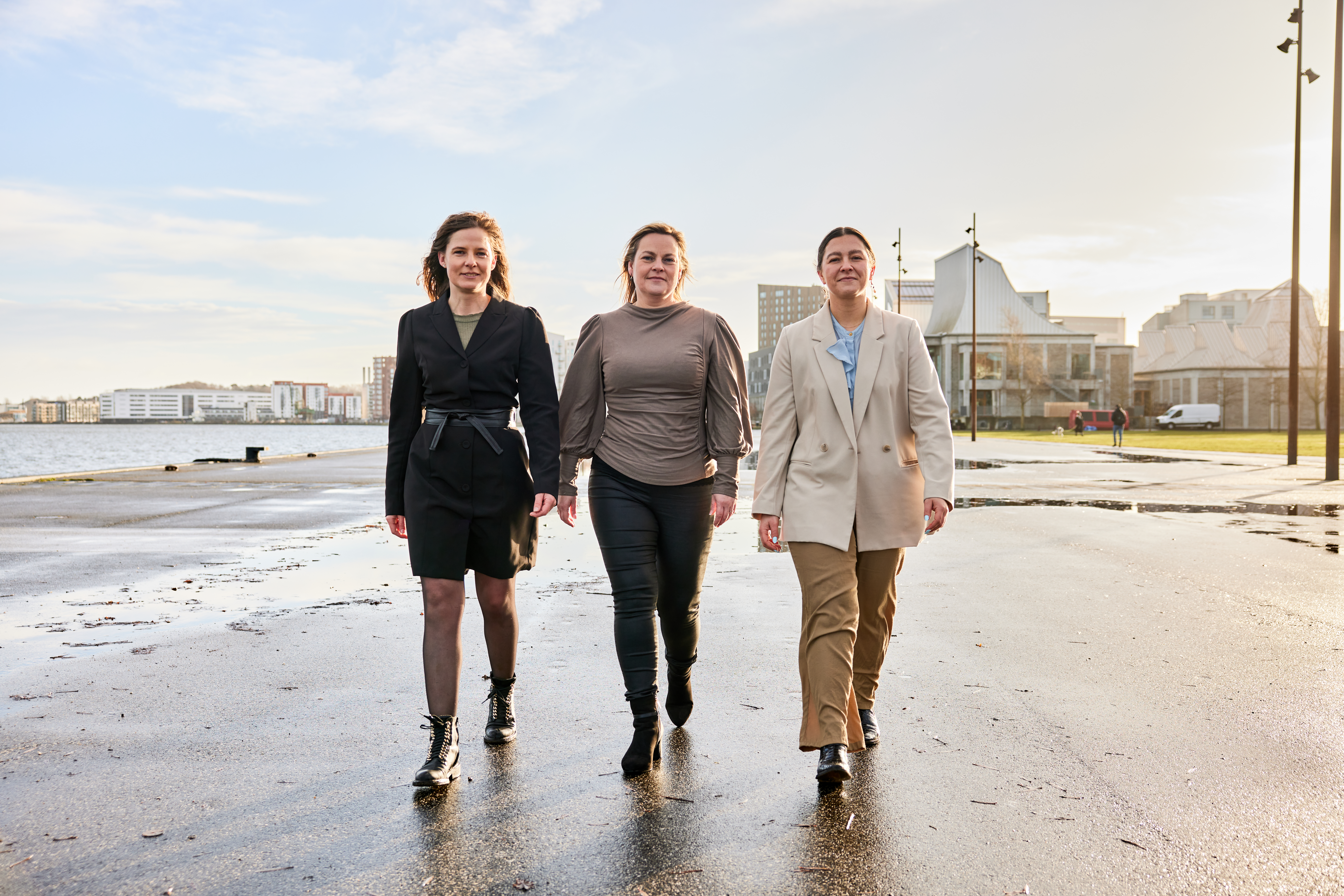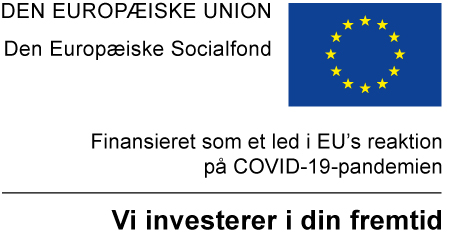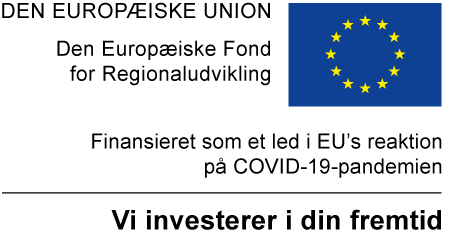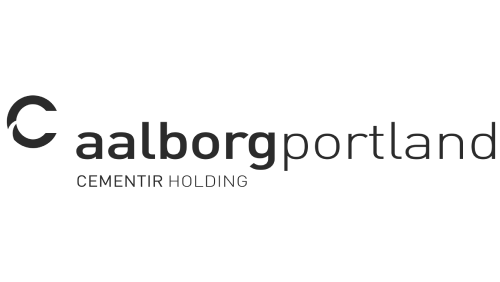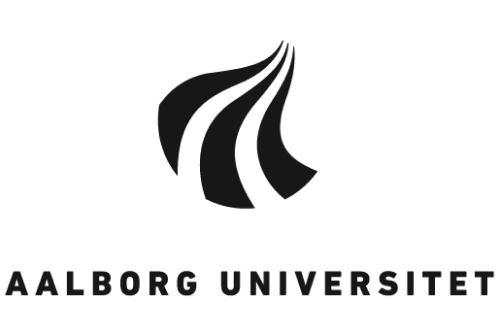CO2Vision consists of various projects and efforts with a focus on test and demonstration sites, partnerships, training and everything in between. They all aim to make North Jutland an international pioneer region for CO2 capture, use and storage in 2030.
Paid article in Appetize, where you can also read the article | Photo credit: Johny Kristensen / APPETIZE.
Eva Thornberg is project manager at Erhvervshus Nordjylland and handles the part of CO2Vision that deals with the development of the green workforce. In Green Hub Denmark, Mette Høj Ravnborg is the project manager for the initiatives on testing technologies within CO2 capture, use and storage. Maria Kristiansen is project manager at Energy Cluster Denmark and takes care of the process management in the sub-projects that work with the technologies within the capture, use and storage of CO2.
At CO2Vision, targeted work is carried out across disciplines and competences with everything from the underlying technology to manpower and skills development.
- At Erhvervshus Nordjylland, we, together with our partners, focus on acquiring knowledge about what skills are required in order to be able to integrate all the green technologies that can seriously put North Jutland on the world map in this area, says Eva .
At Green Hub Denmark, we primarily look at the technology that is necessary for the green transition. The goal is for North Jutland to be a leading region, where the rest of the world can learn how to create growth and jobs, and at the same time contribute to the green transition.
- Testing technologies and gathering knowledge about which methods partly leave the greenest footprint and partly are the most economically advantageous for companies in North Jutland, is part of the core task of Green Hub Denmark, adds Mette.
Energy Cluster Denmark, which is the nationally appointed cluster organization for Denmark's entire energy sector, works with energy innovation, which can be everything from wind and solar energy to CO2 capture, use and storage, and everything in between.
- As a rule, we work with problem owners and problem solvers, that is, both those who have a challenge and those who can solve it. We gather the right players and form partnerships to develop new technology within the green energy area, says Maria.
The project participants from the various companies and knowledge institutions have a lot to deal with in their daily lives. Maria therefore helps them to facilitate the process in the project by, for example, arranging process meetings where the progress of the individual sub-projects is ensured.
- Mette and I stick to the daily progress of our nine test and demonstration projects in CO2Vision, explains Maria.
Test and demonstration projects
The nine test sites, which CO2Vision calls mini-lighthouses, are anchored in North Jutland – from Hanstholm to Hobro – and each of them deals with either capturing, using or storing CO2.
- In Aalborg, for example, we have two test sites. Technologies for CO2 capture are tested at Aalborg Portland. The captured CO2 will eventually be channeled to another test site in Aalborg, where technologies are tested where CO2 can be converted into methanol, which can then be used as a green fuel for heavy land transport.
The purpose is for the captured CO2 at Aalborg Portland to be processed and converted into methanol, which can be used for everything from heavy land transport to passenger cars, says Maria. The work with CO2 capture, use and storage makes demands on all of us, and therefore the collaboration is cross-cutting of sectors and professions important.
– Processing and conversion of CO2 is very energy-intensive due to the necessary heating and cooling processes. Therefore, it is crucial that in this connection we think together across different sectors and look at how we can ensure that the large amount of energy required in the work with CO2 capture comes from green energy sources such as solar cells and wind turbines, says Maria .
The green workforce of the future
In addition to working with technology in the green transition, it is also necessary to focus on the workforce in North Jutland. An important effort for Erhvervshus Nordjylland is therefore how to solve the problem of the lack of labor in the coming years.
- Erhvervshus Nordjylland focuses on how we create the workforce that analyzes show we need to achieve the vision of becoming an international leading region in this field. That's why we at Erhvervshus Nordjylland have established a collaboration across educational institutions in North Jutland, both the vocational schools EUC Nord, EUC Nordvest, Himmerland's Vocational and upper secondary education, TECHCOLLEGE and AMU Nordjylland as well as UCN, MARTEC and Aalborg University.
As it is now, the work with CO2 capture, use and storage is new to the vast majority.
- The internal upskilling of the teachers is the first step on the way, together with lots of dissemination and knowledge of the work with technologies within CO2 capture, use and storage. We already lack skilled workers today, and we know that the demand for labor in this area will seriously affect North Jutland from 2028 onwards, says Eva.
Therefore, the education programs must be thought of differently.
- We expect that the traditional craft education will change. An electrician will probably get increased IT skills, and a mechanic will get more electrician skills. You start to think about it together, and you will see to a greater extent that craft educations, broadly speaking, become hybrids of many different educations. The courses will go from being academically isolated to one being trained to be able to handle several different tasks. This is because the construction of future infrastructure in this area will require a great many technicians who can both prepare and maintain technical facilities, says Eva.
Many of the North Jutland educational institutions are well on their way to the green journey.
- When the expected demand hits, our North Jutland educational institutions will be ready to offer the educations that are in greatest demand. A large load is drawn among our partners. The biggest task for Erhvervshus Nordjylland in this connection is to be available to our partners, who have all shown great motivation in the work of getting ready for the future, says Eva.
CO2 is stored in old oil fields
Together with Energy Cluster Denmark, Green Hub Denmark is responsible for servicing the various test sites that test the new technologies, but also works with the surrounding ecosystem.
- One thing is to test, but we also have to look at how the infrastructure is to be built. This places demands on everything from utility companies to the ports around North Jutland. How can we transport CO2 and hydrogen in the most appropriate way? What role, for example, should ports have? There are many aspects of CO2 capture, use and storage that we have to test in practice, and the mini lighthouses can contribute in different ways. We need to look at how we can build the energy system so that it makes sense. It produces a large amount of heat to capture CO2 and produce hydrogen. If you could feed it into the district heating system, it would be cheap heat for the energy supply of the consumer, says Mette.
Due to its geographical location, North Jutland has a unique advantage when, for example, you need to store CO2.
- At Mariager Fjord, CO2 can be stored on land in large old salt caverns, which are cavities underground. In Hanstholm, CO2 can be pumped into old oil fields and stored. There is also the option of shipping CO2 to storage up in Norway and out in the North Sea, explains Mette.
In CO2Vision, the ambition is that CO2 should be seen as a resource rather than a problem, but this requires that we already work with the capture, use and storage of CO2.
- You look into the potential for CO2. With the calculations, which are in relation to how much we can end up using, we see that we could potentially end up lacking CO2. However, that is further in the future, and a whole lot has probably happened in the meantime. We must get better at using the technologies that use less energy, adds Maria.
A green business adventure
In North Jutland, we have a large CO2 emission – the largest in Denmark. Therefore, it is perhaps even more significant that it is this region that takes the lead in the utilization of CO2.
- We are not sitting around waiting for something to happen. We are doing something about the problem of CO2 emissions and lifting in droves, says Mette.
- We see CO2 as a resource. When you have resources, there are also opportunities for growth. Therefore, it is important that we in North Jutland make it clear how we make it something positive for us as a region and create growth in North Jutland, both for existing and new companies and workplaces. We must make sure that we further develop the opportunities we have here in North Jutland, Maria explains.
In CO2Vision, the ambitions are towering. The ambition is that the results can eventually be spread throughout Denmark – and then to the rest of the world.
- That is why we dare to stand on a vision of becoming an international leading region for the development of the green industry of the future. There is a business adventure for our part of the country here, which hopefully in time means that we utilize our special potential in North Jutland to create international resonance. It's ambitious, but we dare it, because we have good resources, dedicated actors and the right potential up here, says Eva.
The green transition is in full swing, and North Jutland is well on its way into the future - and it looks green.
